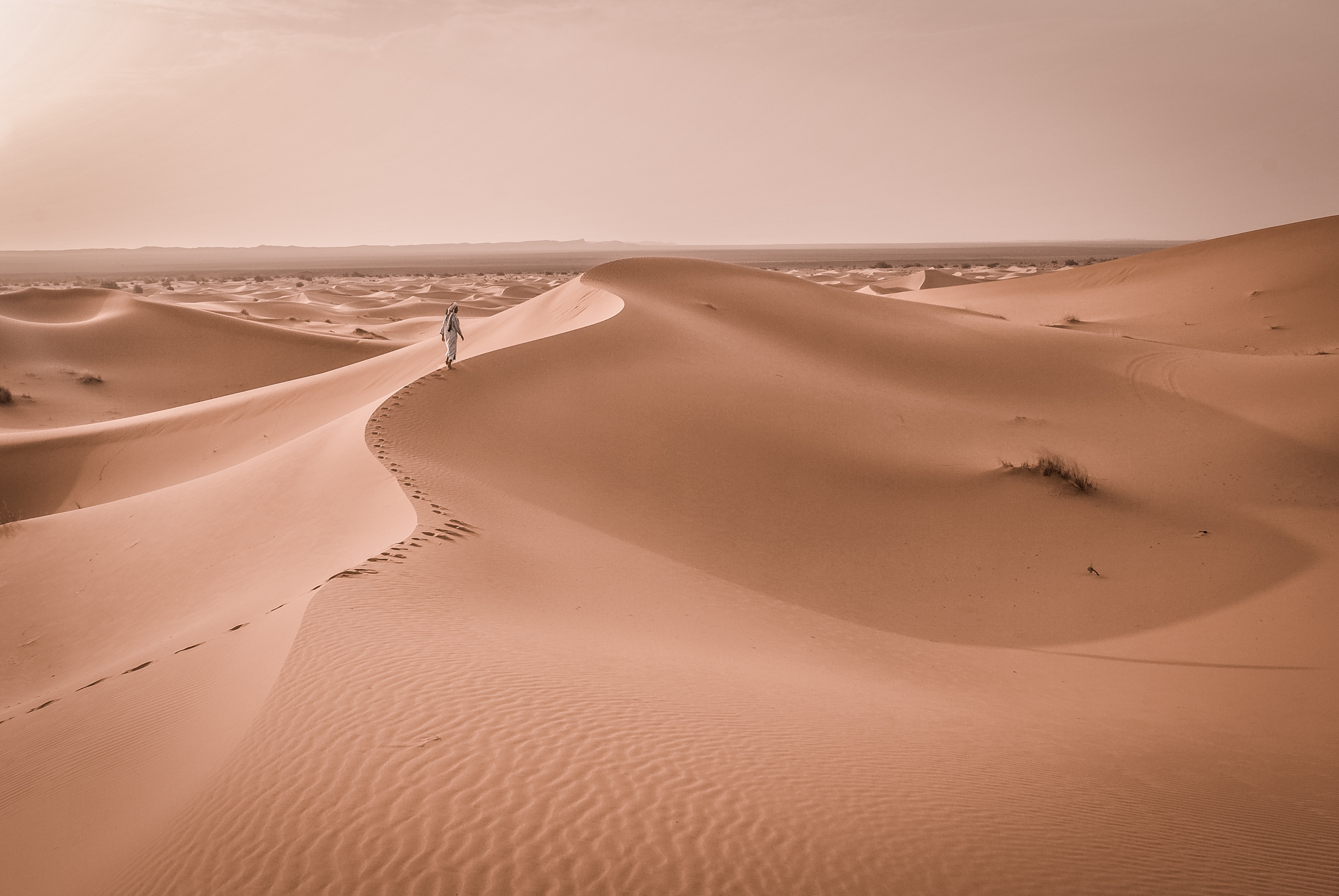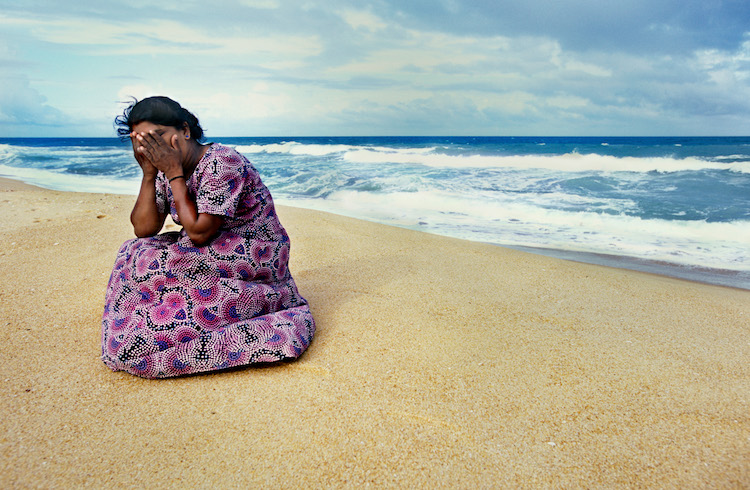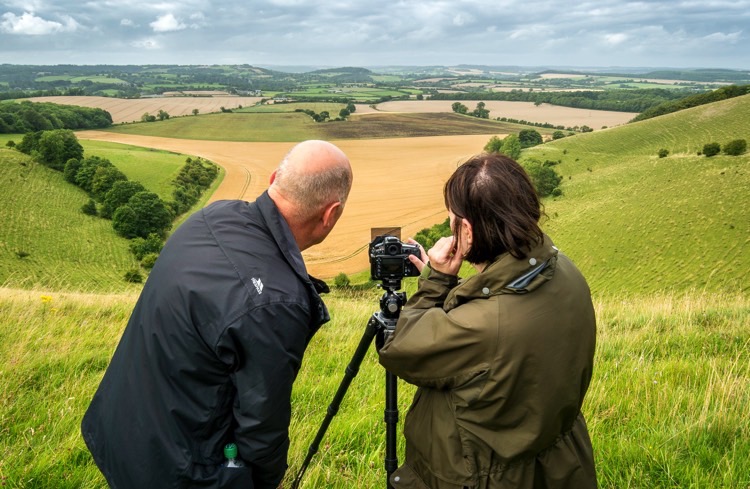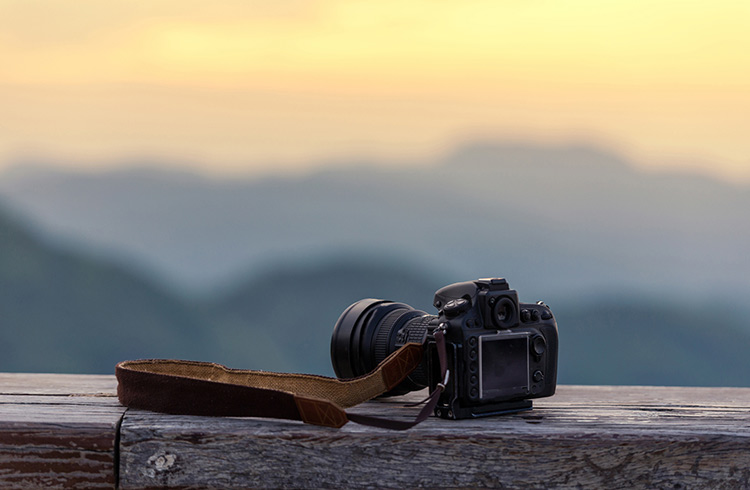The Challenges of Desert Photography & How to Prepare
From staying safe to using the light, professional desert photographer Michael E. Gordon explains the do’s and don’ts of working in some of the world’s harshest environments.
 Photo © Ruben Bagues
Photo © Ruben Bagues
Desert environments pose a range of challenges for photographers and their gear, with harsh temperatures, high winds and drought just some of the obstacles to be overcome. But, there are a few things you can do to ensure you are prepared. While the desert can be hard work, it’s also undeniably beautiful and can reward the prepared photographer with spectacular shots.
- Understand your gear
- Protect your gear
- Look after yourself
- Wildlife
- Use the light
- Understand composition
Understand your gear
Arriving in the desert is not the right time to find out you dislike the design or functionality of your camera, or that your tripod head becomes jammed in high winds. Practice using your gear at home. Dust and sand can invade unsealed hobby-grade lenses, so consider ‘prosumer’ or professional-grade gear, which is more likely to keep working in even the worst conditions. Paying more upfront for higher quality gear will cost you less in the long run. Carry your gear in a comfortable, weatherproof backpack, and make room for water, food, and extra clothing.
Protect your gear
Most prosumer and professional-grade cameras are already well-sealed against the elements. If you wish to further protect your camera body from bumps, scratches and grime, consider wrapping it in a custom-fit silicon skin (available at most major camera retailers). You might also consider affixing a UV filter [a glass filter that blocks ultraviolet rays] to the front of your lenses to protect the glass from wind-blown sand.
Your camera is a tool. Don't be afraid to change lenses in windy, gritty conditions, but do it with care. Challenging conditions have provided me with some of my most dynamic photographs, and I would have missed them if I had prioritized gear safety over getting the shot. Sensors can be cleaned; missed photographs cannot be recovered.
Look after yourself
You will be a more productive photographer if you stay safe. Drink plenty of water throughout the entire day – don’t wait until thirst arrives; then it’s already too late.
Dress in layers of synthetic wear with long sleeves and a brimmed hat. You might initially feel uncomfortable, particularly when it’s hot, but it will ultimately keep you cooler and more productive while protecting your skin from damage. Wear sunblock, and remember that you can get sunburnt fast, even in overcast conditions.
Wildlife
All wildlife should be respected, so keep a safe distance from any animals you intend to photograph. Research the area you are traveling to, so you understand the wildlife that lives there and keep yourself – and the animals you encounter – safe. When in doubt, keep your distance.
Use the light
Many outdoor photographers prefer to shoot during the ‘Golden Hour’; that is the first or last hour of daylight when the colors and contrast seem to be at their richest. But this is not the only time to photograph. When midday light seems too harsh for wide-open country, consider moving into a narrow canyon, if possible, where reflected light from one canyon wall can beautifully illuminate the other. Or look towards the ground and the ‘small stuff’. By carrying a hand-held diffuser, you can continue taking close-ups of interesting rocks and plants all day long.
Understand composition
What you choose to exclude from the frame is as important as what you choose to include. Eliminate any elements that don’t contribute to a cohesive composition. Take a visual inventory of what you want to include in a photograph before you take it. Use the elements you want to include to tell a story; this often results in stronger images than photographing a pretty landscape. Use all of your lenses and focal lengths and experiment with different types of photos, from close-ups to large-scale stitched-frame panoramas. Try including a person or building for scale; this can sometimes be the key to a more effective and balanced photograph.
Related articles
Simple and flexible travel insurance
You can buy at home or while traveling, and claim online from anywhere in the world. With 150+ adventure activities covered and 24/7 emergency assistance.
Get a quote


No Comments